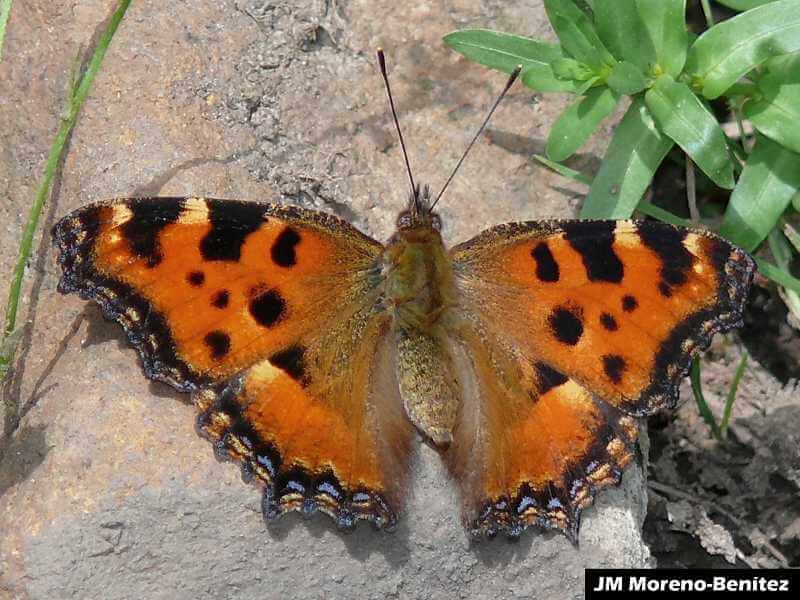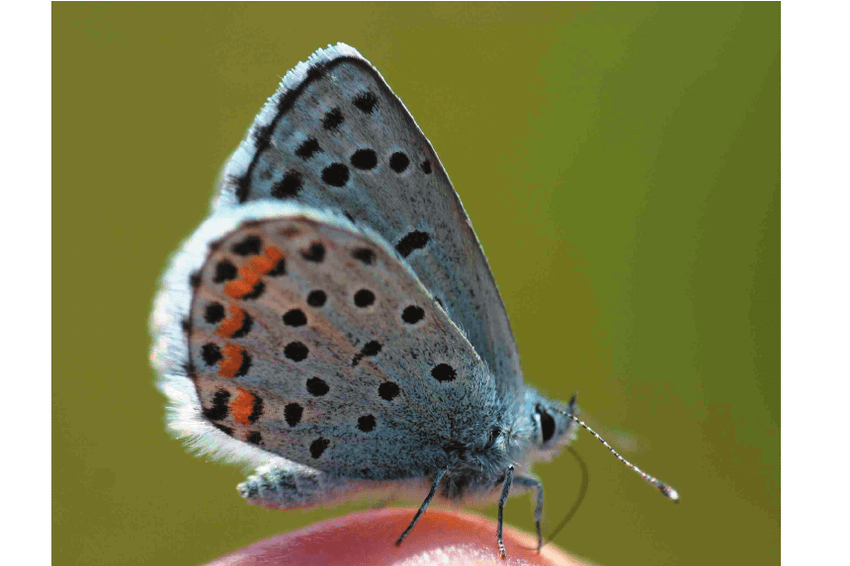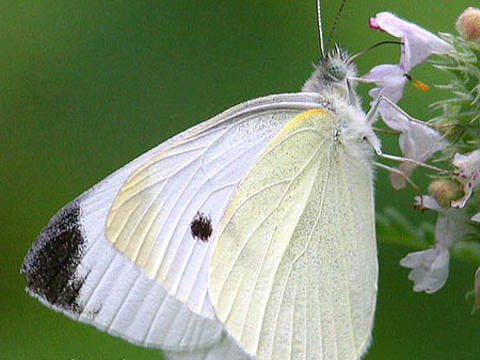The LPO (Ligue for the Protection of Birds), who makes a yearly survey on some of our PV plants in France, installed a monitoring protocol on taxa sensitive to environmental changes in our Soleol II PV Plant, located in Ginasservis, France.
The idea of this project is to carry out a post-installation follow-up of the panels on regular basis, to be able to define the evolution of these taxa on the site in connection with these developments. In order to have comparative elements, different stations have been defined by park, depending on the impact that the installation of the panels will have on them.
The chosen subject for this study were butterflies, due to their rapid responses to various positive and negative changes in their habitats. The set data acquisition protocol was chosen according to the recommendations of the National Museum of Natural History (MNHN).
The objectives of setting up this protocol in the three parks are multiple:
- acquire data on the factors that structure the communities of species observed on the sites;
- have a better understanding of the distribution of species;
- set up actions in favor of biodiversity on the sites, depending on the results obtained, to improve the reception of this group of insects on them;
- use this monitoring to get feedback and implement measures in the context of new projects to reduce their impact on biodiversity.
During the first session, a total of 12 butterflies species ) were observed.
At the start of the season, few species are present, but these have a very specific life cycle. First of all, there are the species which overwinter in the form of an imago (butterfly) and which take advantage of the first rays of sun to wake up from their diapause and reproduce (ex: Large tortoise (Nymphalis polychloros - Image 1). Then, there are very common species, ubiquitous and with several generations in the year, which emerge from their chrysalis very early in spring to launch the first generation (ex: the raspberry (Pieris rapae - Image 2).
Finally, there are species which are characterised by a very short flight period and very early in the year. Typically Mediterranean and/or heritage species often follow this life cycle (eg Azure du Thyme (Pseudophilotes baton - Image 3).
A heritage species has been observed in all the parks: the Provençal Moiré.
Five more sessions will take place by the end of the year.


